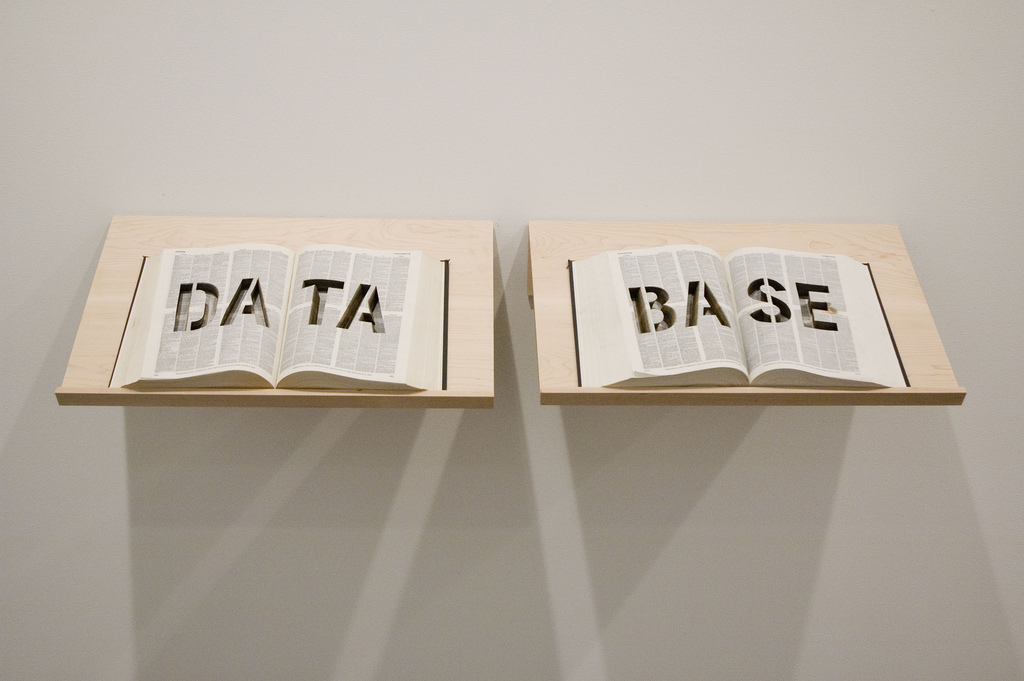By Ali Winston.
California’s secretive gang database, with information on hundreds of thousands of predominantly black and Latino men, uses a controversial overlay of sophisticated data analysis and surveillance technologies.
The tools long have been dogged by allegations of racial profiling, inaccuracy and unconstitutional monitoring of free speech. Yet, according to documents obtained through the California Public Records Act, they are being employed by law enforcement without public use policies or privacy safeguards beyond the database’s own rules.
The 19-year-old CalGang database has relied on facial recognition technology at least since the mid-2000s, the documents show. Yet facial recognition, so imprecise that the Federal Bureau of Investigation accepts an error rate of up to 20 percent, is even more inaccurate when used to identify African Americans.
Records associated with a recent critical review of the database by theCalifornia State Auditor also show that at least one jurisdiction was allowed to employ a powerful dataset-linking program created by Palantir Technologies, a Pentagon contractor, and indicate that the CalGang Executive Board has considered using social media mining software.
There are no restrictions or guidelines in CalGang’s policies for using facial recognition or open source intelligence software.
[divider] [/divider]





